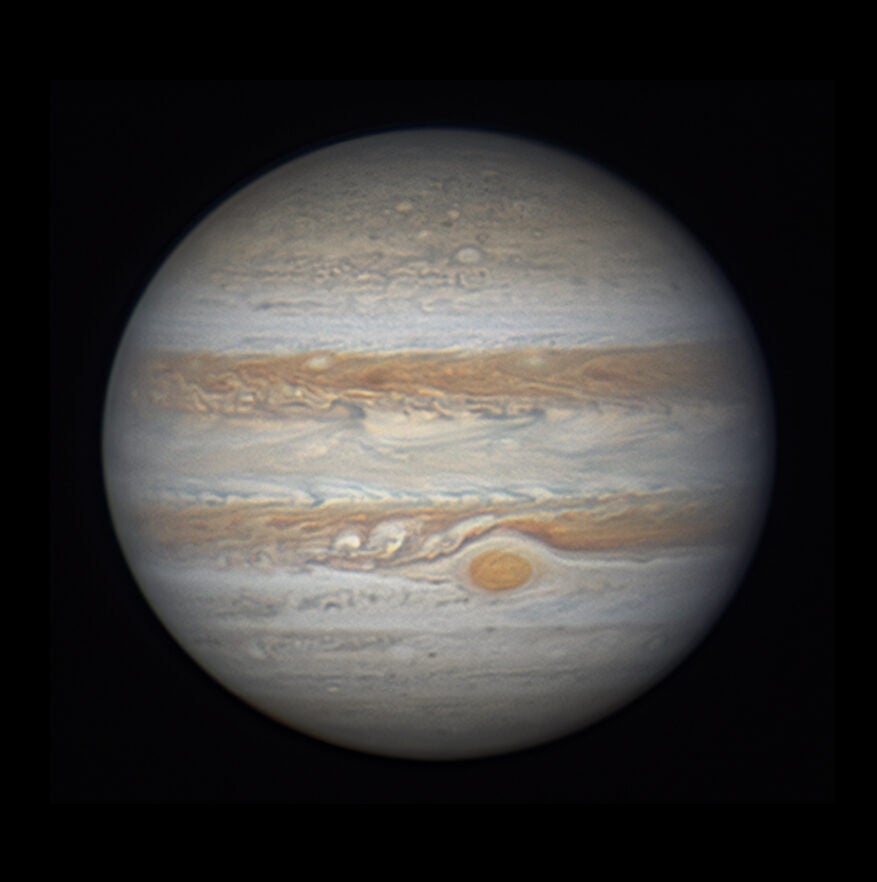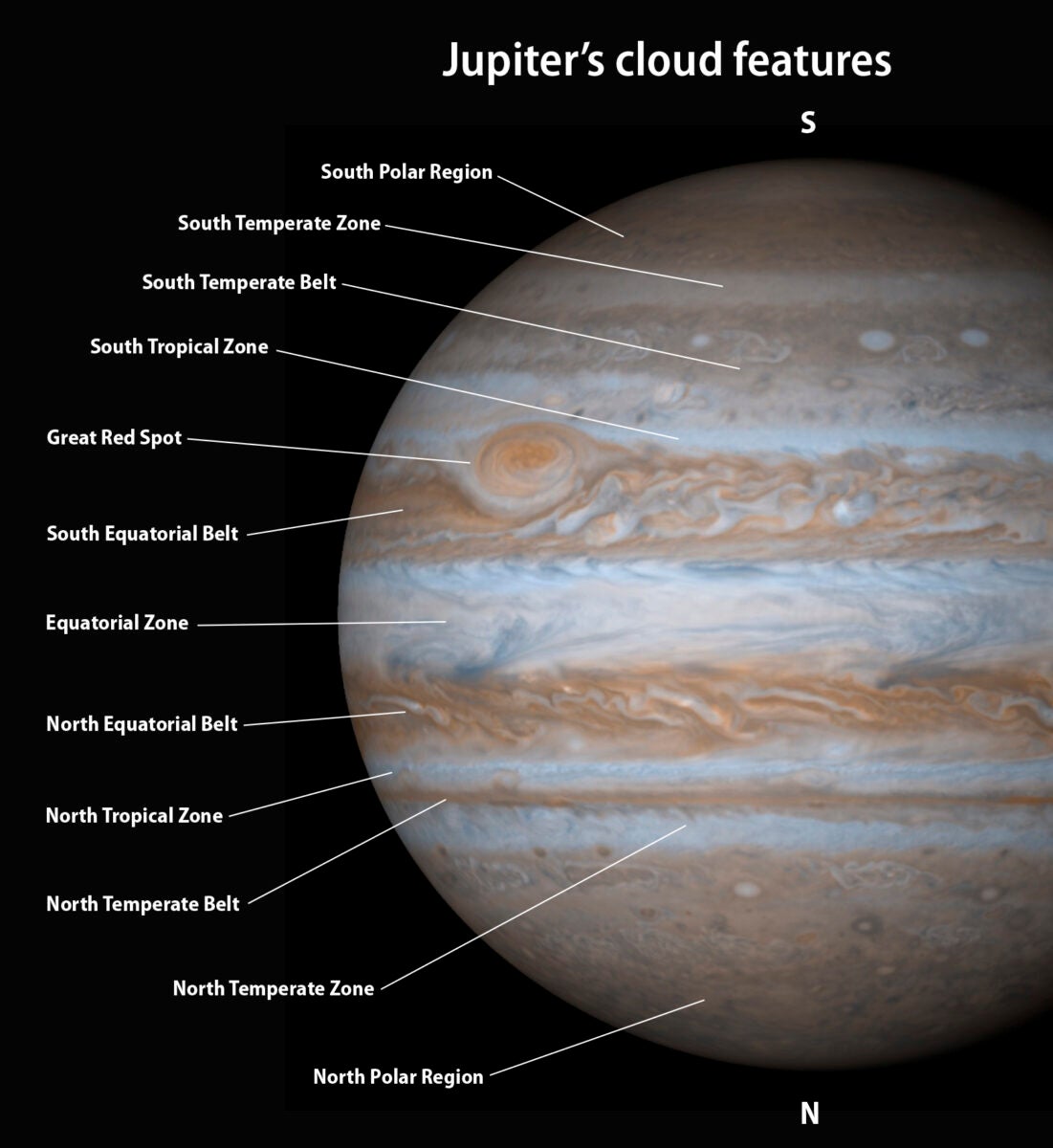The giant planet hasn’t been this bright in a decade, and it reaches opposition December 7.

If you have a telescope, or access to one, now’s the time to point it at Jupiter. The largest planet in our solar system reaches opposition December 7. That means it’s directly opposite the Sun from our viewpoint here on Earth. It rises at sunset, sets at sunrise, and is visible all night.
During the previous day, Jupiter will reach its closest point to Earth. At around 5 a.m. EST, the planet will lie 380 million miles (611 million kilometers) from us. At that distance, sunlight reflected off Jupiter will take about 34 minutes to reach Earth.
How to find Jupiter
Currently, the planet is located in the constellation Taurus the Bull. It will remain in front of that star pattern until June 11, 2025. If you’re going to observe Jupiter, wait a few hours after sunset until the planet climbs above the thickest, most optically distorting, part of our atmosphere. Indeed, if you wait until midnight, Jupiter will stand around 70° high for those living at middle latitudes in the U.S. (The zenith, or overhead point, is 90° high.)
After Venus sets in the southwest, the king of planets will be the brightest starlike object in the sky, shining at magnitude –2.8. That’s 3½ times as bright as the night sky’s brightest star, Sirius, which lies some 45° southeast of Jupiter. Directly between these two bright objects is the constellation Orion the Hunter.
What you’ll see

Even a 4-inch telescope will let you see some nice details on the planet’s disk, which spans 48″. Use an eyepiece that will give a magnification of about 100x and you’ll first notice a pair of belts on either side of the equator. Because Jupiter rotates once in just under 10 hours, its most famous feature, the Great Red Spot is often visible. This storm, larger than Earth, has been churning in the planet’s atmosphere for more than three centuries.
Because Jupiter is so bright, you can observe it when a bright Moon is up or even from a large city. The key to seeing the most detail is how steady the air is above your location. So, start by using low magnification, and increase the power until atmospheric turbulence starts to degrade the image.
Just remember, if you can’t get out to view it on December 7, the planet will still be bright and well placed for another couple of months. Good luck!

